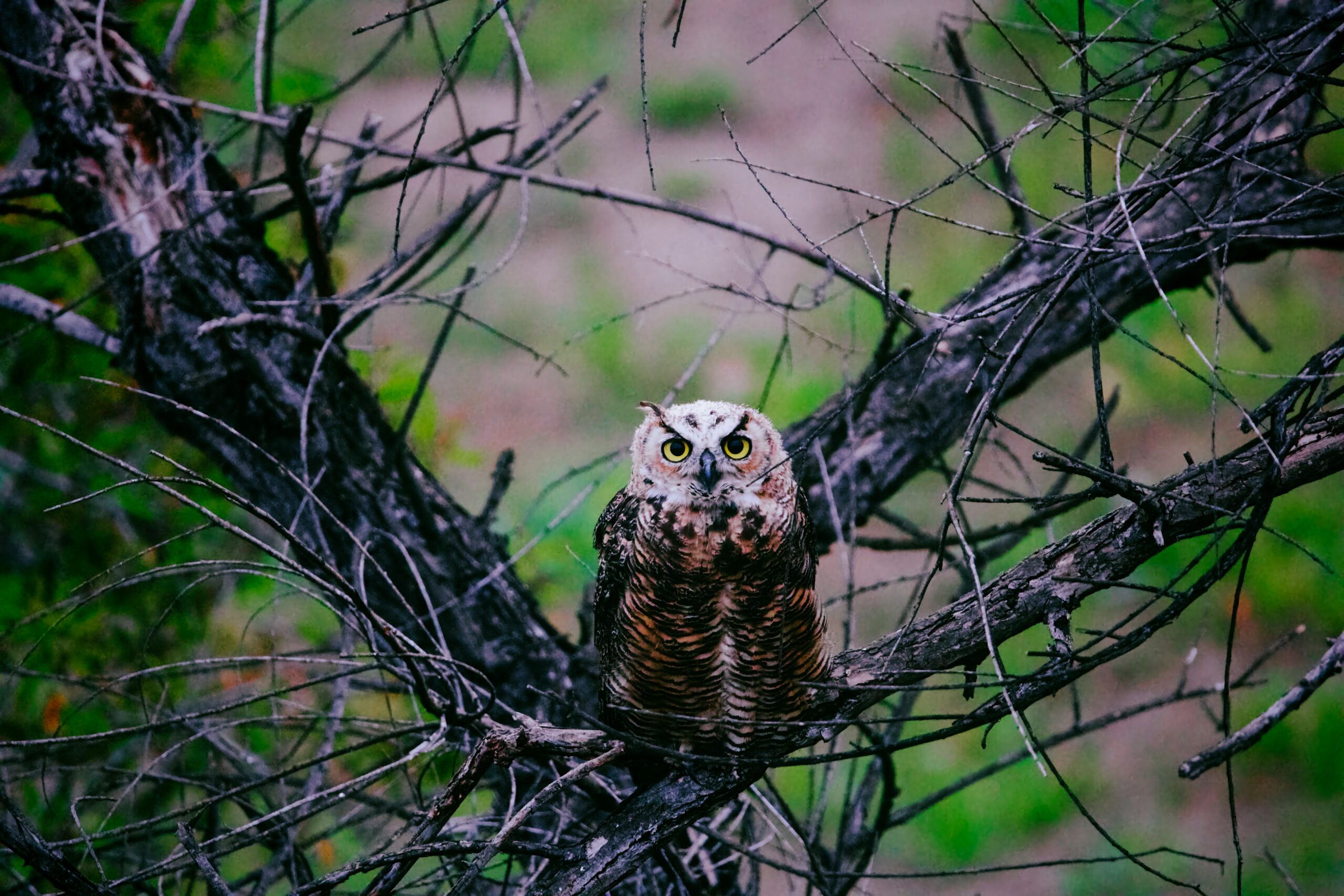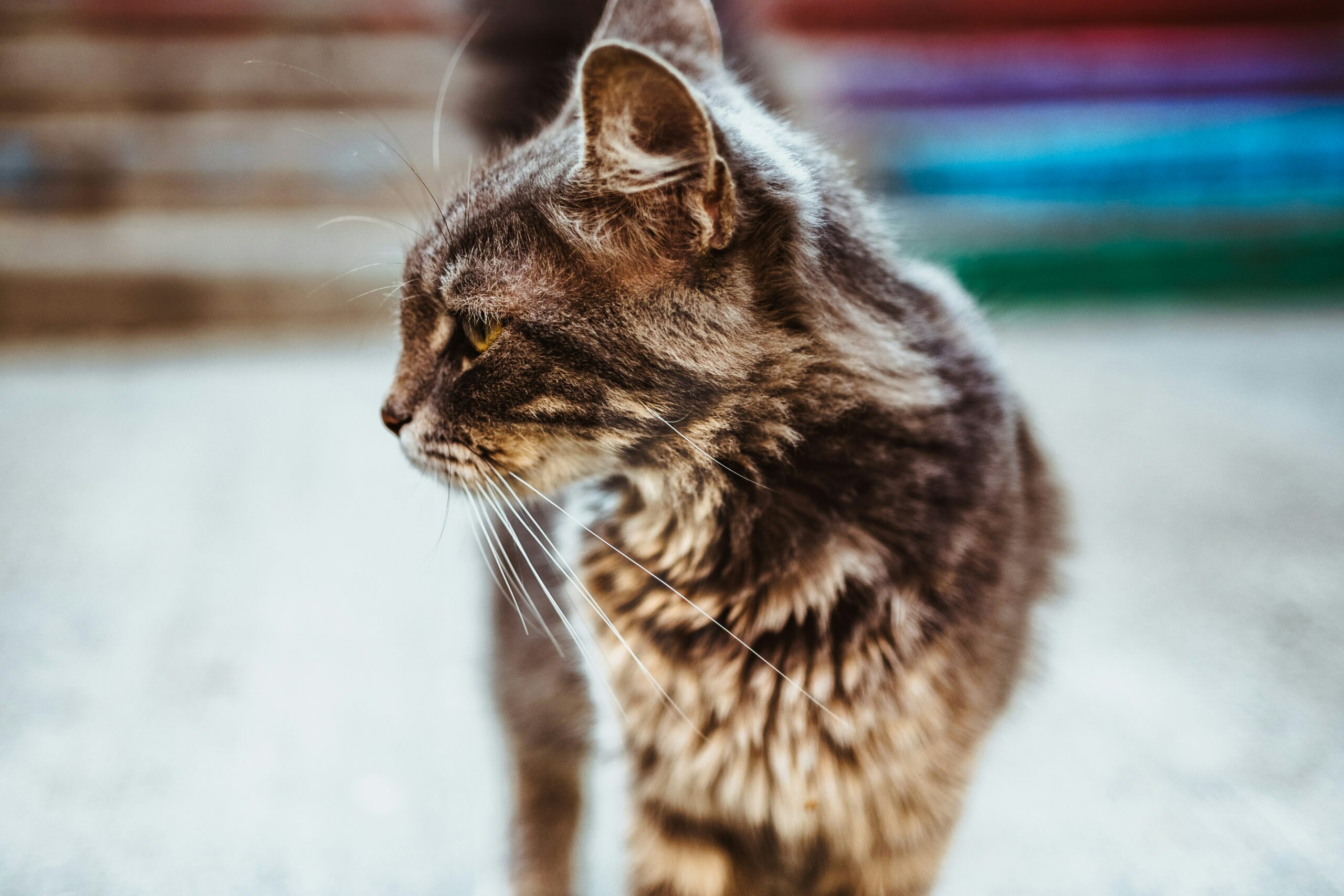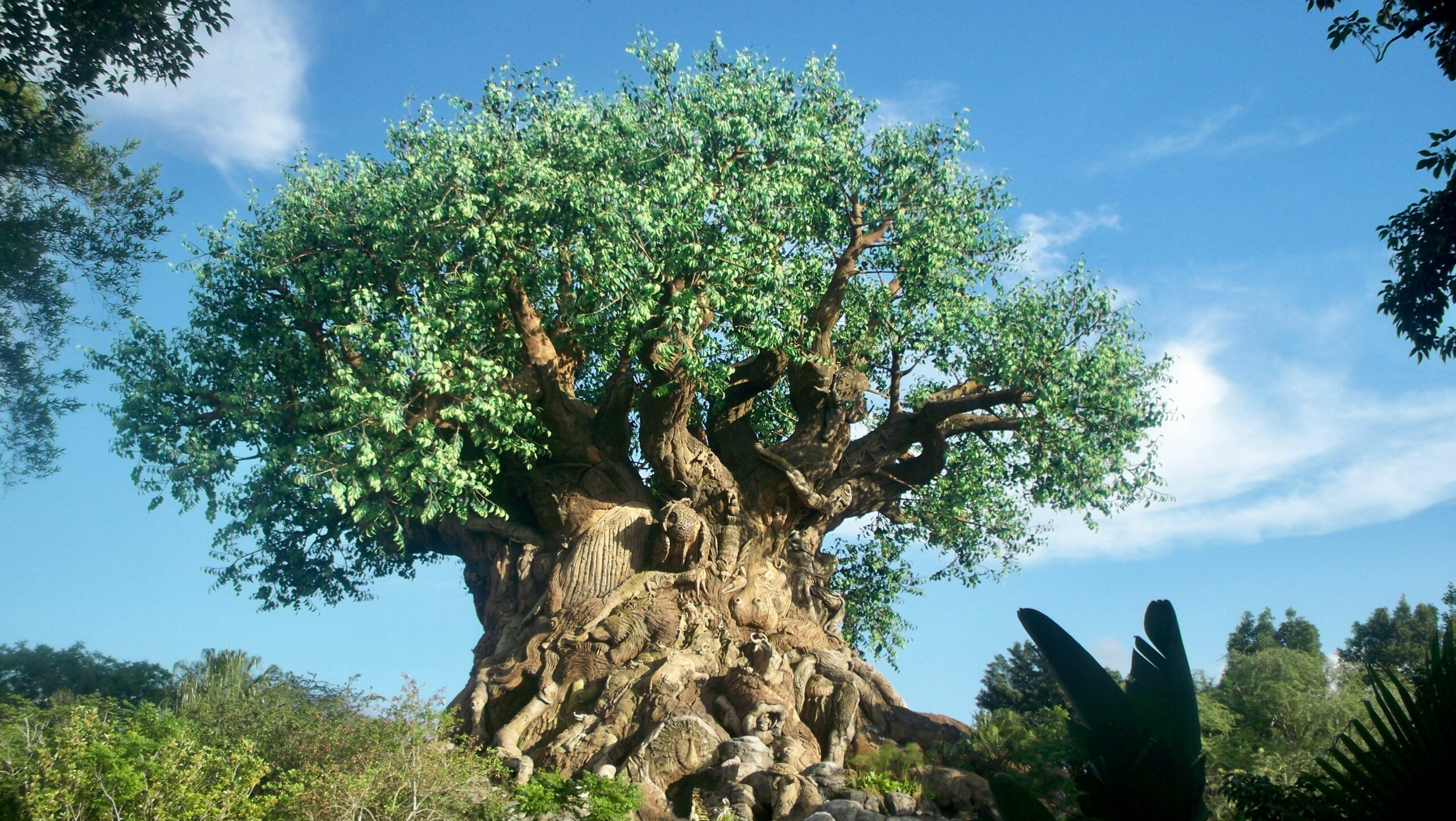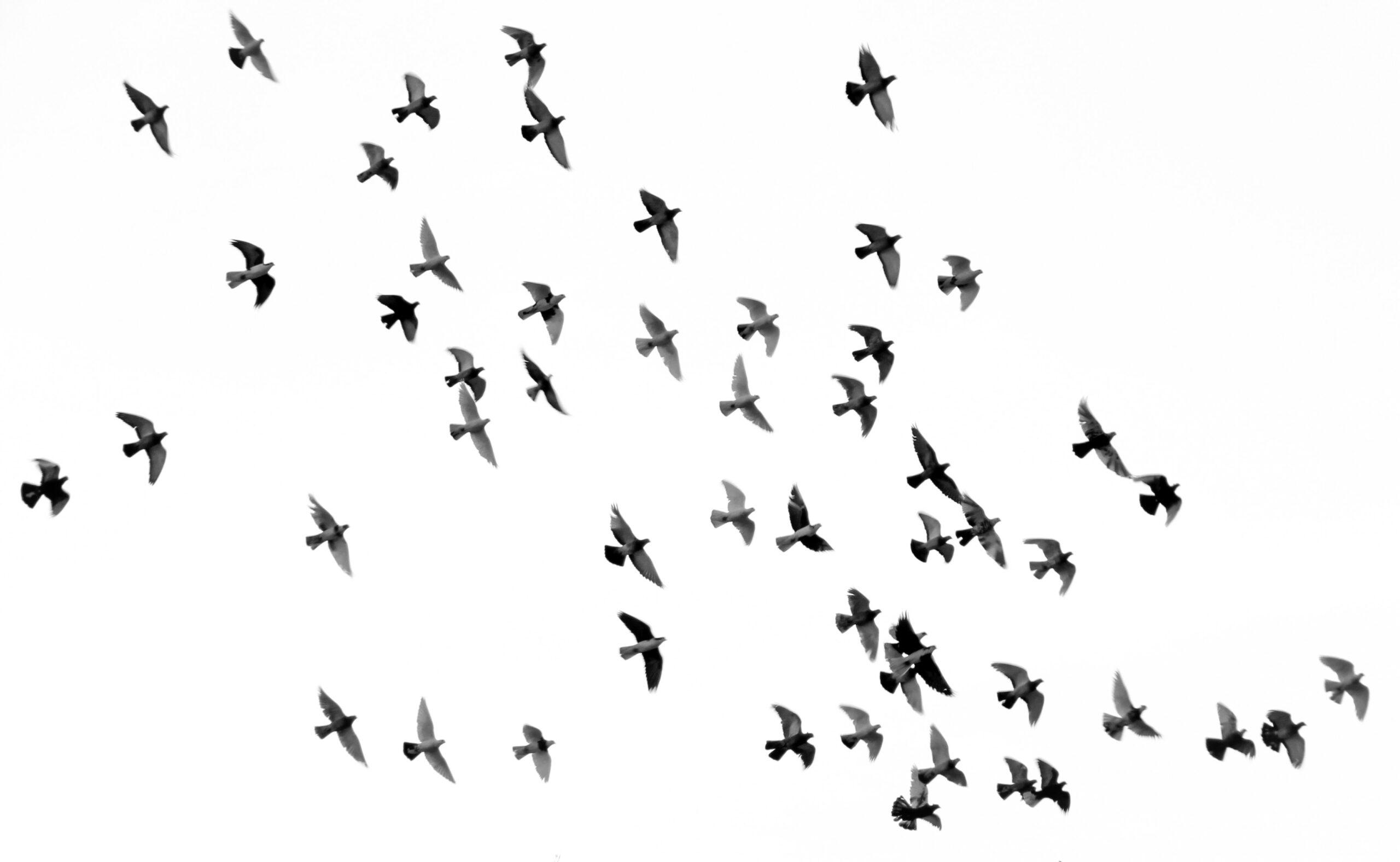In the vast tapestry of life, intelligence is not confined to the realms of humanity alone. Across the animal kingdom, creatures great and small exhibit remarkable problem-solving skills that challenge our understanding of cognition and behavior. Join us on a captivating journey as we explore the curious case of animal intelligence and uncover extraordinary tales of ingenuity, adaptability, and resilience.
One of the most iconic examples of animal intelligence comes from the world of primates. Take, for instance, the remarkable story of Koko, the gorilla who captured the hearts of millions with her ability to communicate using sign language. Through years of intensive training and interaction with humans, Koko demonstrated a level of linguistic proficiency and emotional understanding that belied her species’ reputation. Her ability to express complex thoughts, emotions, and desires paved the way for groundbreaking research into primate cognition and communication.
But it’s not just primates that possess remarkable problem-solving skills. Across the animal kingdom, from the depths of the ocean to the heights of the sky, creatures of all shapes and sizes exhibit astonishing feats of intelligence and adaptability. Consider the humble octopus, a master of camouflage and deception. With its complex nervous system and highly developed cognitive abilities, the octopus is capable of solving intricate puzzles, navigating mazes, and even opening jars to access hidden treats.
In the avian world, too, tales of intelligence abound. Crows, often dismissed as mere scavengers, are actually among the most intelligent birds on the planet. Known for their keen problem-solving skills and remarkable tool use, crows have been observed fashioning hooks out of twigs to extract insects from crevices and even dropping nuts onto busy roads to crack them open with passing cars. Their ability to innovate and adapt to changing circumstances has earned them a reputation as nature’s engineers and architects.
But perhaps one of the most surprising examples of animal intelligence comes from the world of insects. Take the case of the honeybee, whose intricate dance language allows members of the hive to communicate vital information about the location of food sources. Through a series of precise movements and gestures, bees are able to convey the distance, direction, and quality of nectar-rich flowers, enabling their fellow foragers to make informed decisions about where to collect resources.
These stories, and countless others like them, remind us that intelligence knows no bounds in the natural world. From the depths of the ocean to the vast savannas of Africa, creatures of every shape and size are constantly adapting, learning, and innovating in order to survive and thrive in their respective environments.
As we continue to unravel the mysteries of animal intelligence, let us approach the subject with humility, curiosity, and respect. For in the end, the true measure of intelligence lies not in the complexity of our minds, but in our ability to appreciate the brilliance and diversity of life that surrounds us.



